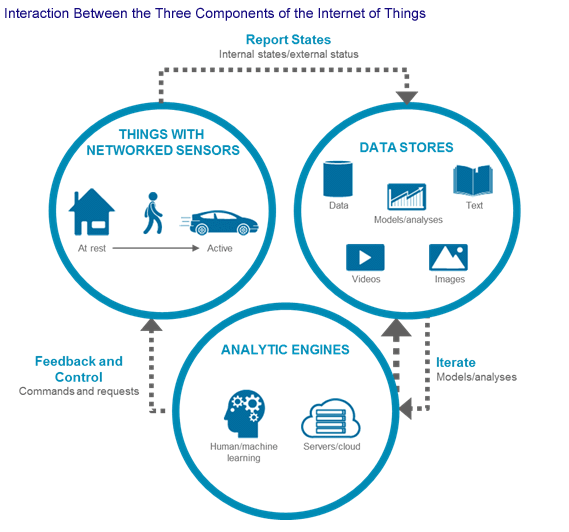The Internet of Things and Property/Casualty Insurance
Can an Old Industry Learn New Tricks?
Abstract
The world is changing. It is becoming more connected. People, places, and things are using these connections to exchange an exploding amount of digital information and data. This digital stuff is stored and analyzed, and then yields predictions, feedback, and control. The Internet of Things will change the property & casualty business.
The Internet of Things (IoT) has three, interdependent components: things with networked sensors, data stores, and analytics engines.

© 2014 Celent, a division of Oliver Wyman
“From an insurance perspective, what is new and different and critically important about this data is that it can provide a much more accurate picture of the exposures, hazards, and risks of what is being insured,” said Donald Light, Director of Celent’s Americas Property/Casualty Practice and author of the report.
“These analytically driven findings create the second critically important consequence of the IoT: insurers can create feedback and control processes to command or request things to change their loss-related behavior and performance.”
This report discusses how the IoT will give insurers first order data on a great many hazards and risks, and the ability to create feedback control processes to substantially reduce losses.

